The Science Behind Dirt Late Model Suspension Setup
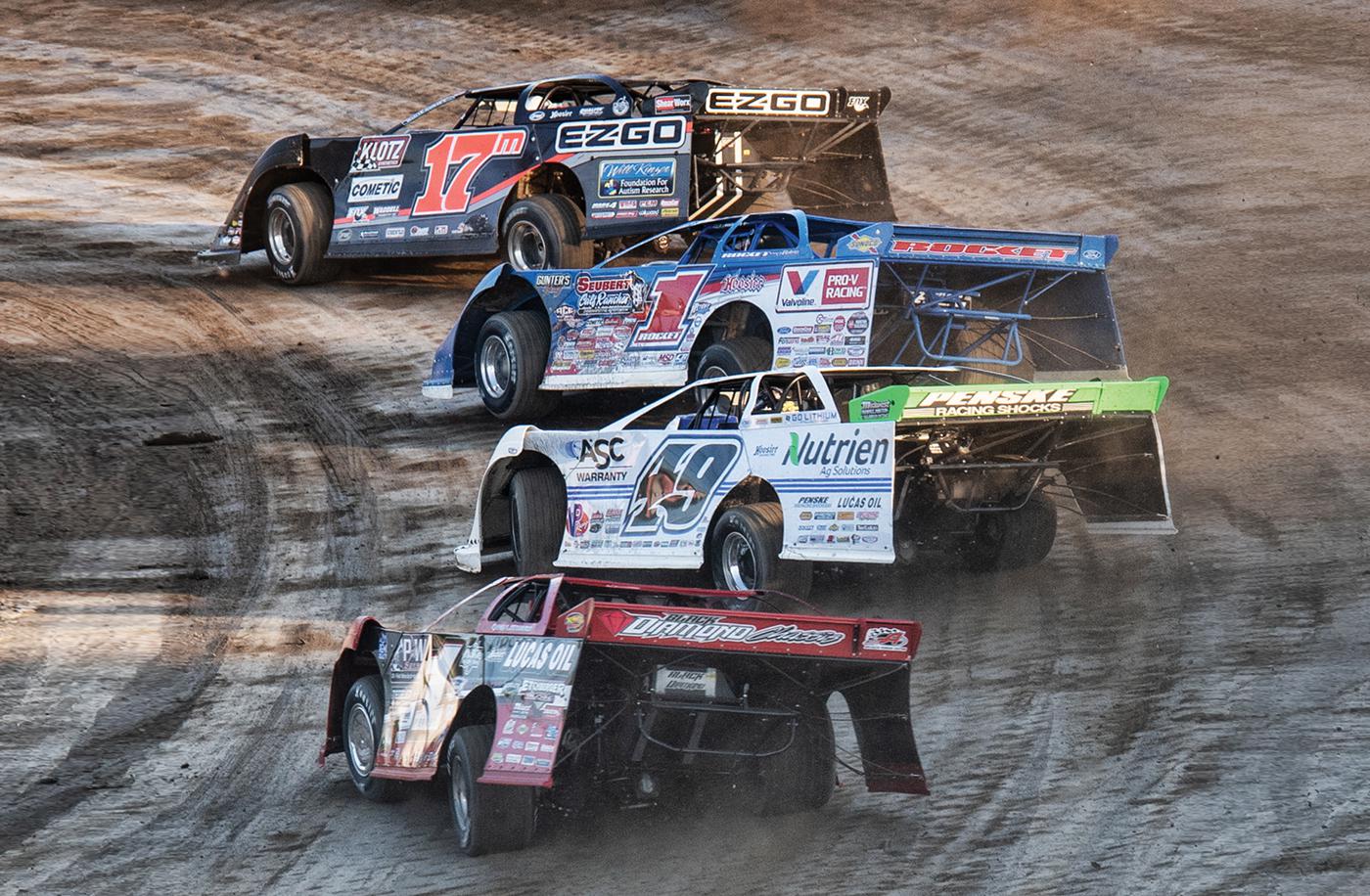
With largely unencumbered rule sets in top tier series, suspension tuning has become a focal point for many dirt late model teams’ programs, encouraging experimentation and innovation in the pursuit of quicker lap times.
In World of Outlaws and the Lucas Oil Late Model Dirt Series racing, suspension setups have taken on increasing importance in recent years. As organizers seek to maintain parity in race fields while keeping running costs at bay through targeted mandates, it’s an aspect of tuning that’s still allowed a substantial amount of creative freedom today. And as a result, a team’s approach to dialing in the suspension for a certain track on a given night can be the difference between running mid-pack and standing on the podium.
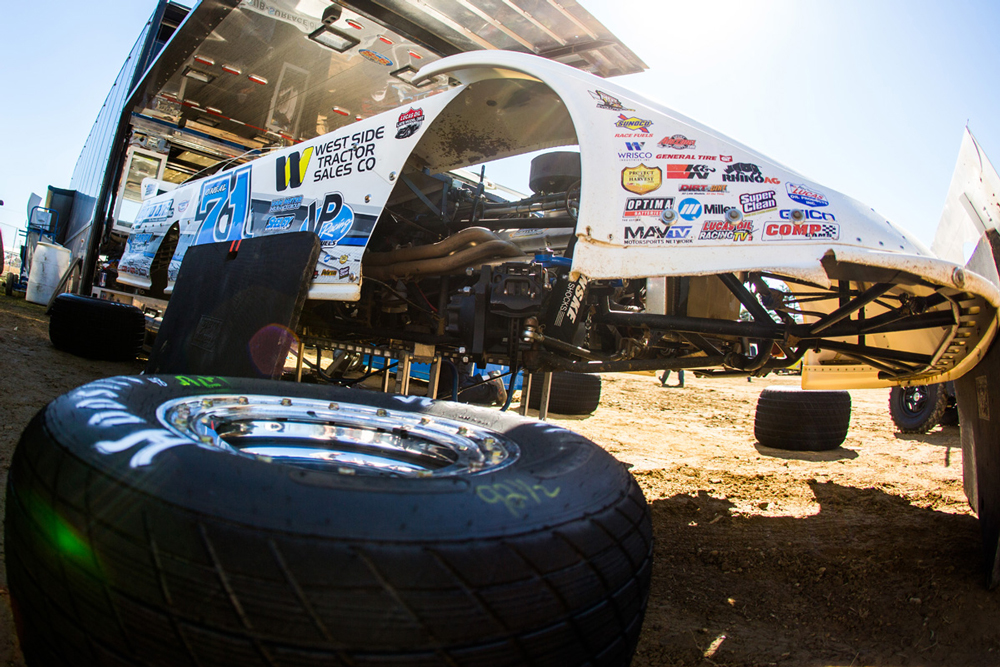
“For 99% of the teams, it’s now the most important thing,” said Marshall Fegers of QA1 Precision Products, Lakeville, Minnesota. “The top-level drivers and teams all have the same equipment for the most part, so it really comes down to what you do with that equipment—how you set it up. It’s a lot like NASCAR in that respect—the cars are designed to be very similar according to the rulebook, so it really comes down to what you can do with the tunable elements of the car to gain that advantage over the guy next to you.”
And as such, these tuning strategies have become incredibly sophisticated, leveraging technology that was exclusive to the realm of OE suppliers not so long ago. Armed with volumes of data and driver feedback, teams are aligning themselves closely with suspension component manufacturers in order to develop the solutions that can provide that competitive edge. It’s a dynamic that fosters inventive design, and it’s pushing dirt late model racing forward in a very tangible way.
“You can’t muscle your way to a win with a power advantage these days,” said Justin Cockerham of Hyperco, Rosemont, Illinois. “Suspension is the game right now.”
Painting Inside the Lines
Although many popular series have adopted rule sets that provide a general path for teams to follow when it comes to general suspension design, dirt late model teams still enjoy considerable leeway when it comes to component combinations.
“In the top-tier series, most of the rules that the teams have to work with are related to maximum ride height and droop rules based on the chassis,” Cockerham explained. “You’re also not allowed to run electronically controlled parts, and some series and classes have a limit on the number of springs you can run per corner. But there’s a lot of freedom when it comes to spring design—many racers are running stacked springs right now, or dual-rate springs, or soft, long-travel springs. And because of all the variables involved, there are virtually no two setup strategies that are alike. These racers are running at 40 or 50 race tracks around the country every season, and they’re optimizing their programs based on the data that they’re gathering. And that’s why they go faster and faster every year.”
Aaron Lambert of Penske Racing Shocks in Reading, Pennsylvania, also noted that because of the ways the rules are designed, the car’s aero kit and suspension system are intrinsically tied to one another. “Along with the droop limiter rule, every major series has a rear decklid height rule, and you’re always trying to manipulate the car so that you can pass tech inspection with the rear spoiler up as high as it can be. Aero has become a very big thing in the late model world—we have a lot of former and current NASCAR drivers and crew chiefs that are involved now, and they’re bringing over what they learned in that discipline.”
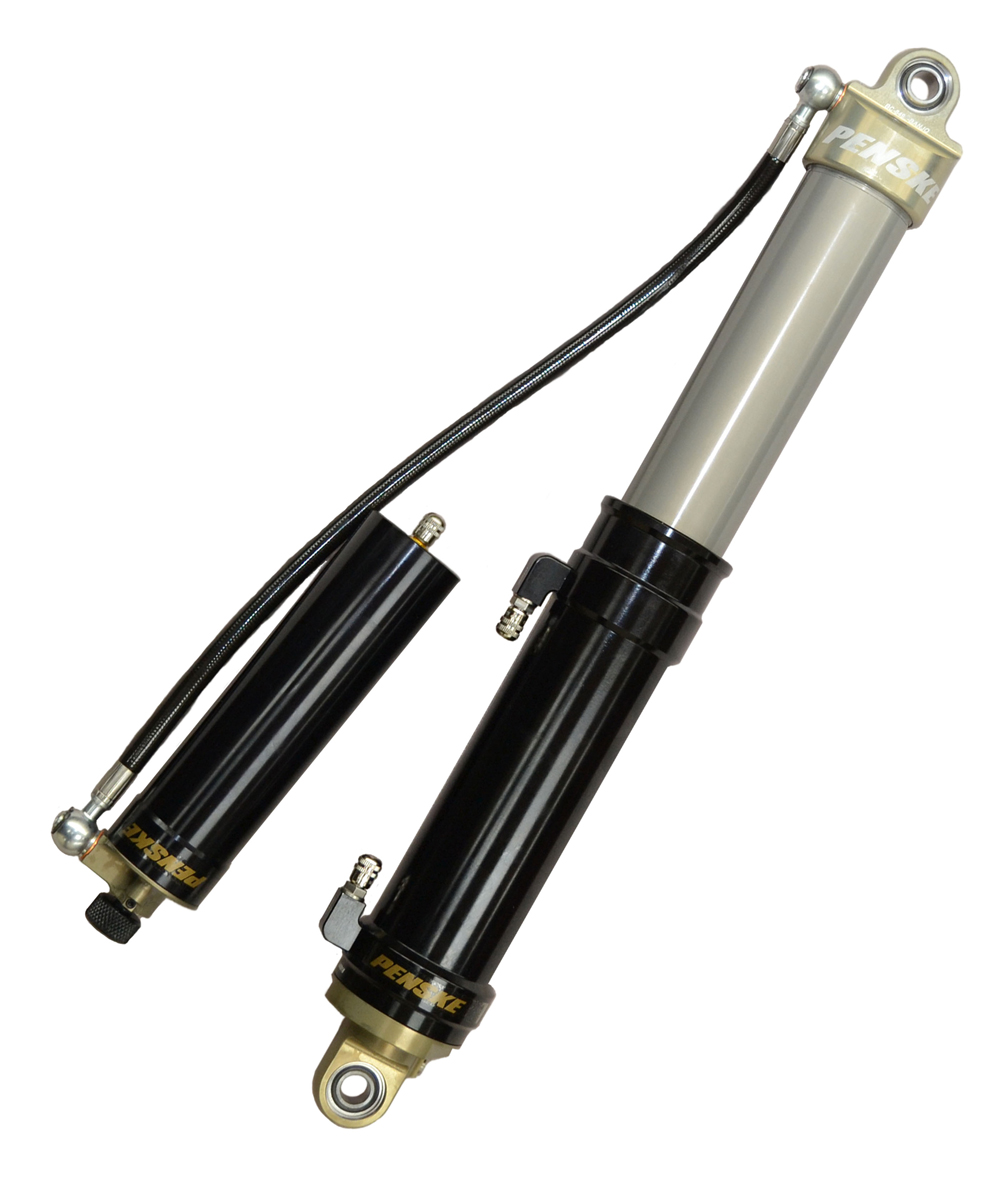
And as these teams seek out those aero advantages, sanctioning bodies often turn to suspension restrictions to keep everything in check. “A lot of times they’ll create shock rules to negate those potential aero advantages,” said Aaron Morey of ThyssenKrupp Bilstein of America, Poway, California. “For example, there are rules that say that your shock can’t extend past a certain amount in the right front corner because teams were getting the front end on the right-hand side really high in order to bring the spoiler down low in order to pass tech, and they were out on the race track, they’d be inches above everyone else. But the great thing about dirt late model racing is that, when it comes to what’s inside the shock, just about anything goes.”
So although the rule sets confine tuning to a general set of parameters, there’s a lot of room for creativity within that sandbox. “Years ago, we would have only run a single spring per corner,” said Jason Young of Öhlins USA, Hendersonville, North Carolina. “Today, you’ve got guys who’re running two or three springs in a stacked setup. Bump rubbers are a bigger player in the market these days as well, along with bump springs and bellow washers. There’s a ton of different options out there now.”
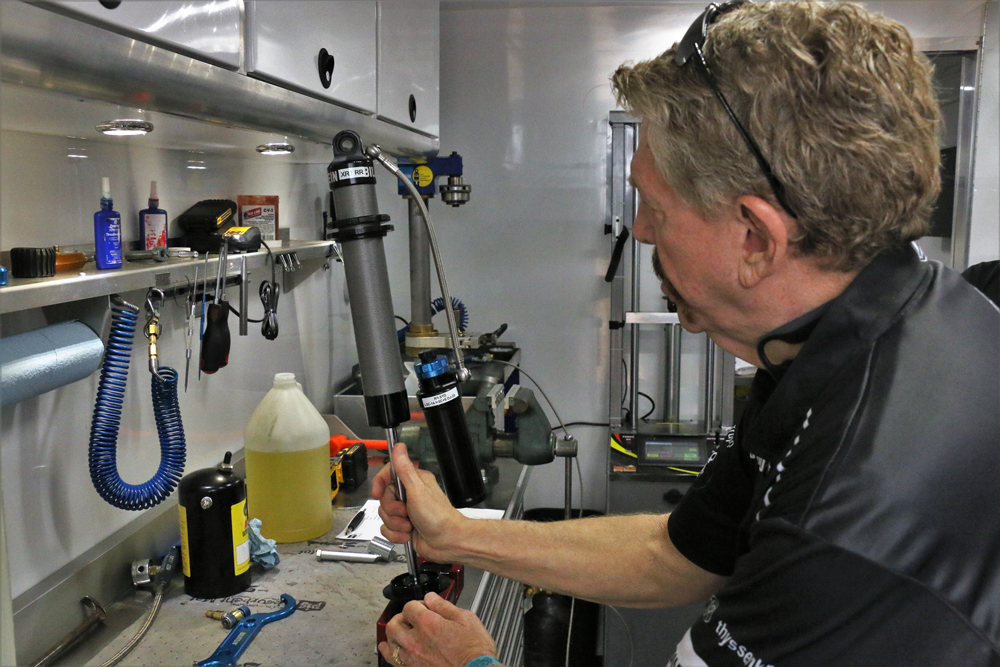
Lambert told us that air shocks are seeing an upswing in popularity, too. “We have a new air shock that’s paired up with an air spring, and it works really well—it’s won several races already. With that design, we’re able to manipulate the spring curve in ways that we wouldn’t really be able to otherwise—it’s a really big advantage. A lot of these guys are running two stacked springs in parallel on the right front with a bump stop to create a spring curve that yields different spring rates based on where the suspension travel is at a given moment to create a progressive rate system. But the problem with that is when the suspension crosses over from one spring to the next as it’s compressed, you will inherently see a load spike in the suspension, and that load spike transfers to the tires. Any time a tire sees a load spike, there’s going to be a loss of grip. But an air chamber is naturally progressive as it is compressed, so you don’t see those load spikes like you would with a stacked setup.”
Ditching the Guessing Game
With so many different combinations available and a rule set that encourages experimentation, you might expect each team’s suspension tuning strategy is largely based on seat-of-the-pants driver feedback and the associated lap times delivered. But gone are the days of lengthy trial and error with a hunch and an arsenal of parts. Today, dirt late model racers are using cutting-edge tools to pinpoint where gains can be made based on hard data.
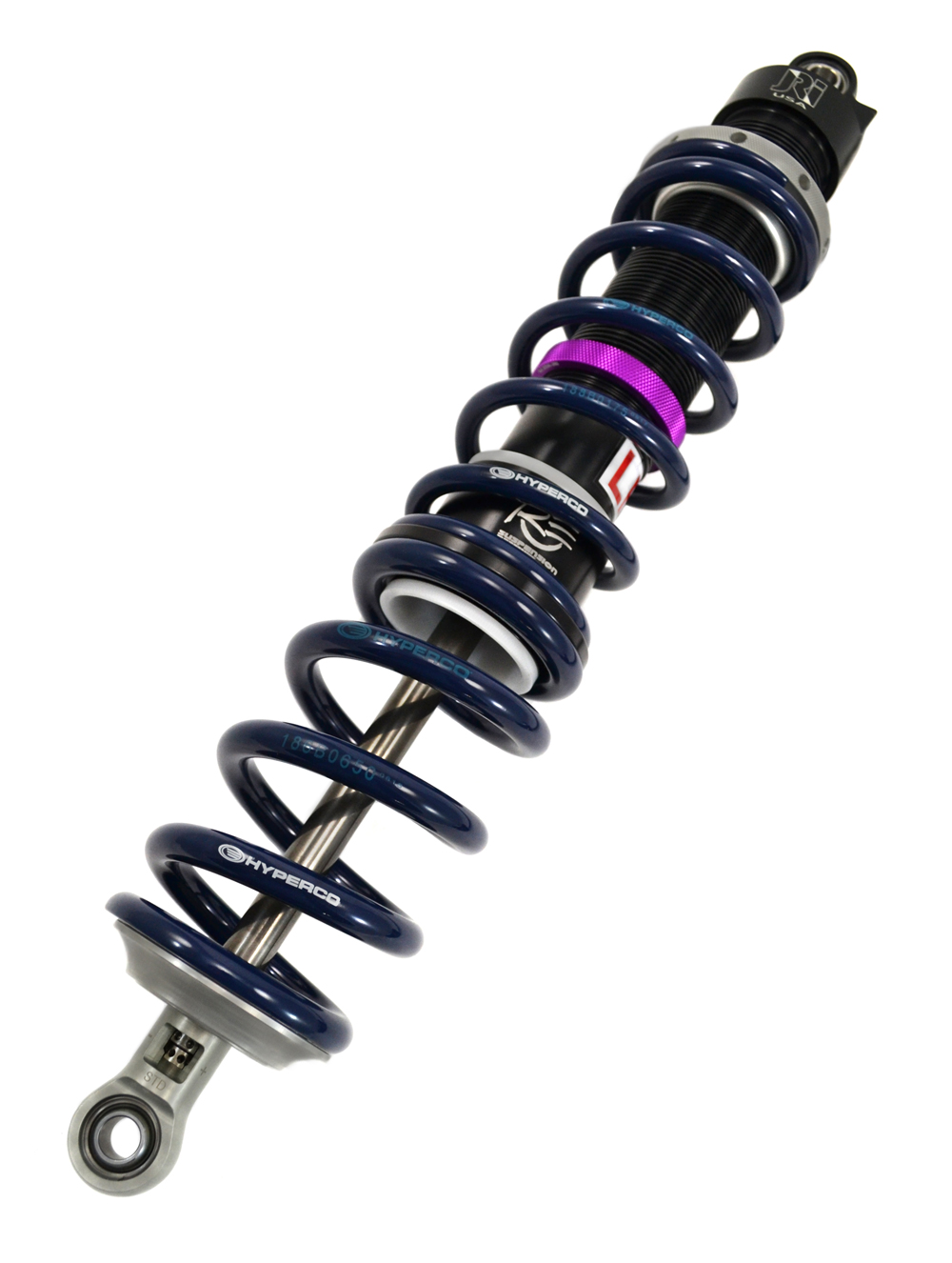
“There’s been kind of a revolution in late model setups over the past few years,” said Fegers. “Before 2015, to set the cars up we would put them on four-corner digital scales and get our corner weights and ride heights where we want them. But after that, ‘smash machines’ became much more prevalent. With these machines you can compress a shock with a spring on it to a given center-to-center measurement on the shock mounts, and it will tell you a spring force with a digital readout. The smash machines have led to a major transition in how we talk about setups and what we pay attention to in those setups. Now, not only do we know what the spring force is at static height, we can also look at the dynamic height it will be at when the car is racing on track. That has really changed the game—we don’t really worry about our ride heights as much, and we care a lot more about the spring force at the height that the car is seeing at speed. We can tune it to make sure the bumper isn’t going to dig into the track, or the right-rear doesn’t compress so far that it starts to pull the left front corner off the ground. It’s allowed teams to develop a baseline and make quick, drastic changes as needed for a given track.”
Cockerham pointed out that, for teams that want to run up front, understanding how to effectively use this technology has become obligatory for dirt late model racers.
“Every single top-level contender has a spring smasher in their trailer, and they’re constantly testing and looking at travel and load numbers to understand how the changes are affecting the car. Springs are the cheapest form of data acquisition on the car—if you’re able to measure your spring’s travel at a very precise and accurate level, you can get a world of useful information about the dynamic forces of your race car.”
Conducting the Symphony
While teams are taking a more advanced approach to their tuning practices now, they’re also working closer with manufacturers on specific elements of the suspension system to ensure that overall development stays headed in the right direction.
“Four or five years ago, if you walked around the paddock at a late model race you would have only seen Integra and Penske shocks,” said Lambert. “Now we’re seeing big pushes from companies like Bilstein and Fox, so that’s been really good for the racers, and all of the guys who’re running the fast cars in these top series are tied in with a shock manufacturer. Shocks are still considered black magic in dirt late models—not a lot of teams work on them on their own. Instead, they’ll explain to their shock manufacturer what the car is doing and what they want it to do, and the manufacturer builds shocks around that feedback to produce those results.”
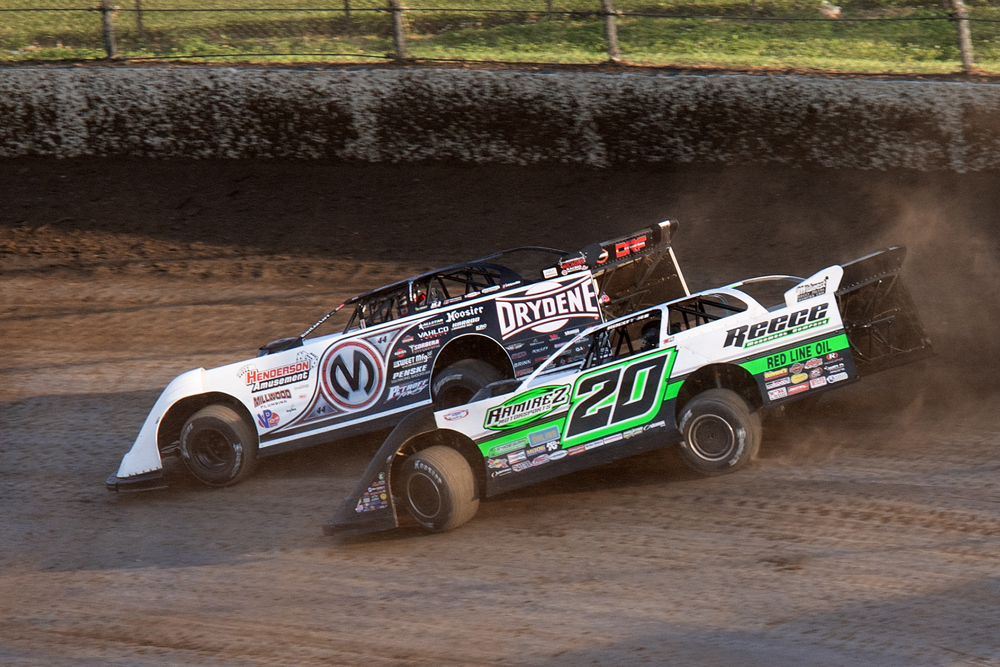
It speaks to the nature of the suspension systems in general—a complex collection of components working in concert, where changes in one area often affect behavior in another. “The teams deliver the feedback to our engineers and we provide the solutions,” Morey said. “Sometimes that’s exclusively through shocks, but sometimes it’s a combination of shocks and other suspension parts.”
Even with these advanced systems, analyzing suspension performance based on data acquisition can still be a tricky proposition for teams, Öhlins’ Christer Lööw pointed out. “You have to have a lot of experience and know what you’re looking for. There’s no meter that tells you that the suspension is getting better or worse. But the clues are in there,” he said.
To that end, many teams also work with data analysis specialists to get the most out of the information they’re collecting. “On a night-to-night basis it’s often handled by the teams,” Fegers said. “A crew chief will look at the track and look at the car and know what changes they need to make so the car will run faster. But many teams will also bring in engineering support for test days to help dial in the car based on the data.”
And it all points the way toward more informed teams with increasingly faster cars in the future. “As we learn more, I think you’ll probably start to see more instances where the suspension is reacting to inputs that are coming from places other than the wheel,” Lambert said. “If the wheel is moving, other parts of the car are moving as well, and that has an impact on the suspension’s behavior. At the end of the day, if you can do things that can provide more mechanical grip, it’s going to give you an advantage.”
SOURCES
–
Hyperco
hypercoils.com
Öhlins USA
ohlinsusa.com
Penske Racing Shocks
penskeshocks.com
QA1
qa1.net
ThyssenKrupp Bilstein of America
bilstein.com
 MEMBERSHIP LOGIN
MEMBERSHIP LOGIN JOIN PRI
JOIN PRI


